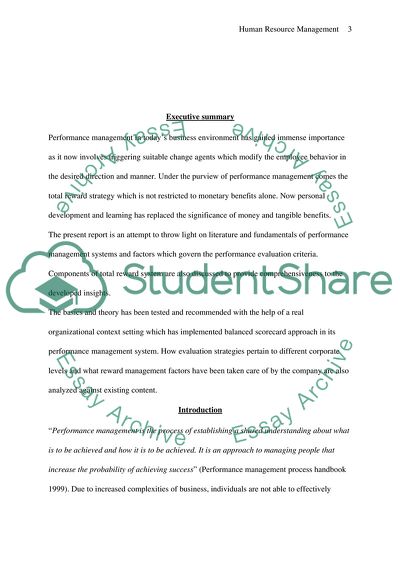Cite this document
(“Reward and Performance in Human Resource Management Case Study - 11”, n.d.)
Reward and Performance in Human Resource Management Case Study - 11. Retrieved from https://studentshare.org/human-resources/1745687-human-resource-management
Reward and Performance in Human Resource Management Case Study - 11. Retrieved from https://studentshare.org/human-resources/1745687-human-resource-management
(Reward and Performance in Human Resource Management Case Study - 11)
Reward and Performance in Human Resource Management Case Study - 11. https://studentshare.org/human-resources/1745687-human-resource-management.
Reward and Performance in Human Resource Management Case Study - 11. https://studentshare.org/human-resources/1745687-human-resource-management.
“Reward and Performance in Human Resource Management Case Study - 11”, n.d. https://studentshare.org/human-resources/1745687-human-resource-management.


